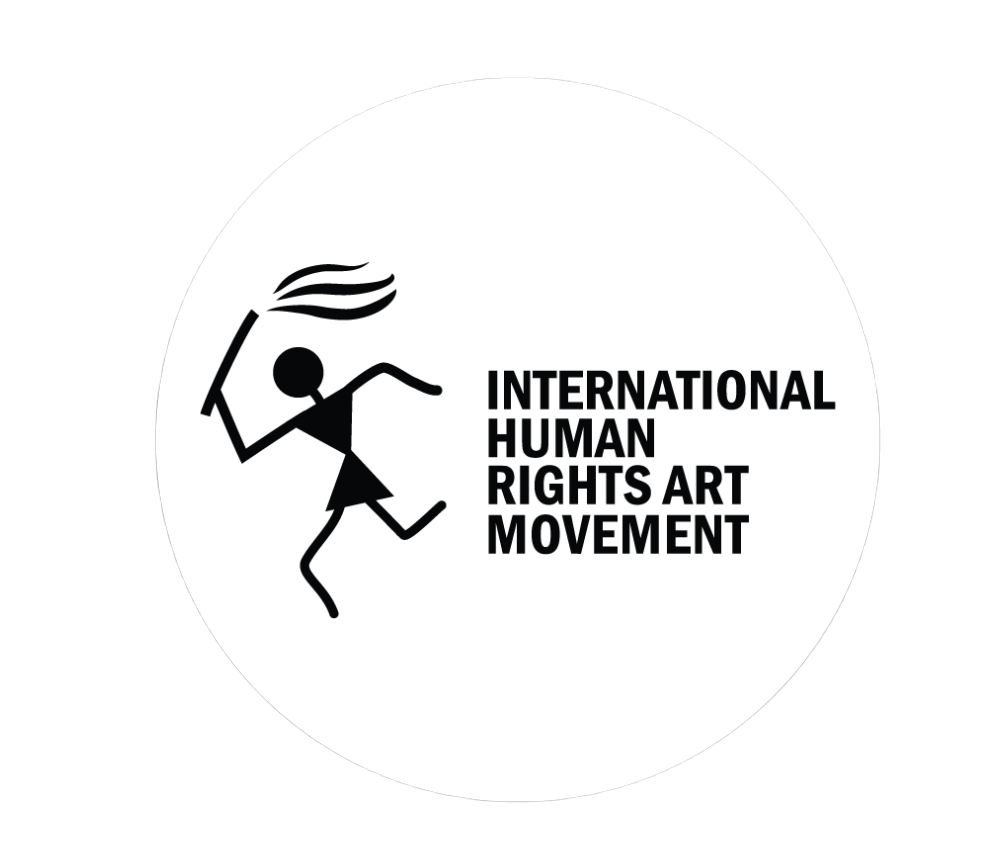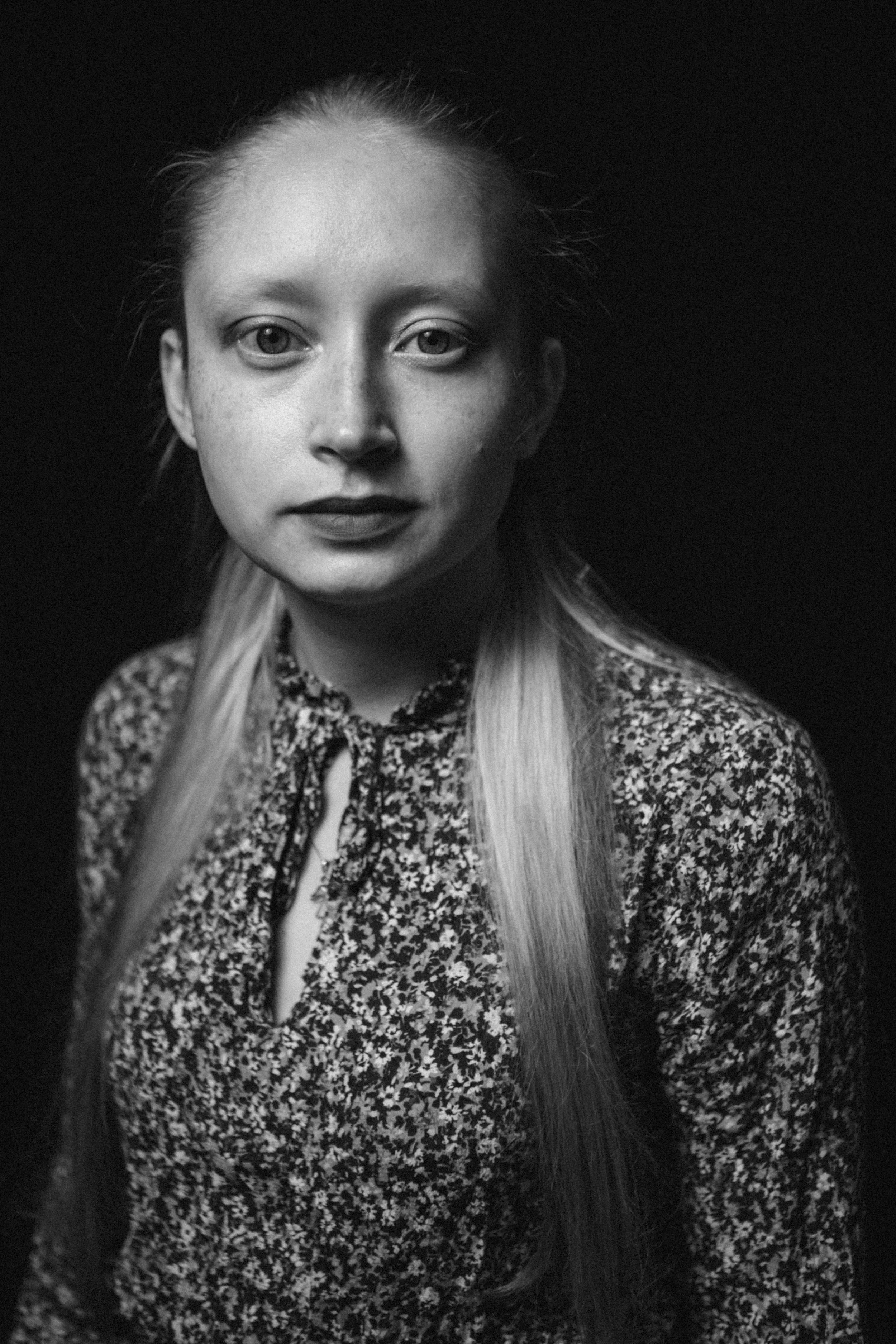“The Wolf Hour”, a Ukrainian poem written and translated into English by Ela Yevtushenko
I
the hour between 3 am and 4 am
is called the wolf hour in Sweden
when it is too late to fall asleep
and too early to get up
so they stay in bed listening
to (their mental) wolves
this is how Ullmar explained it
the curfew in Kyiv is
from 8 pm till 7 am
the curfew in Kherson is
from 8 pm till 6 am
the curfew in Kharkiv is
from 4 pm till 6 am
when it is too late to die
but too early to live
so we stay in bed guessing
what are these sounds: they bombing us or
we are taking down their missiles
and no one can ever explain any of this
II
in 35 years in Chornobyl Exclusion Zone
the population of wolves has increased
and now a bear has been spotted here
the most dangerous of all large predators
it came here from the territory of Belarus
this is how Serhiy Hashchak, the researcher of the fauna in the exclusion zone, explained it
this spring, great fires are expected here
but nature is able to restore itself
explained Mr. Hashchak
the pictures from camera traps show
how the fire is roaring and local inhabitants are fleeing to the west
but in a month, green grass will be sprouting here
and young deer and moose will be grazing
but the time has not come yet. It is still cold
the wolves gather in large packs for hunting
at the wolf hour
they will take on their thermal cameras
strong and ardent, they will go
and you know what
together they will hunt down the bear
and this will be very easy to explain
-----
March 1, 2022
Елла Євтушенко
вовча година
I
з третьої ночі до четвертої ранку
у Швеції триває вовча година
коли запізно аби заснути
але зарано аби звестися з ліжка
і ти лежиш дослухаючись
до (своїх внутрішніх) вовків
так пояснив мені Ульмар
з восьмої вечора до сьомої ранку
у Києві триває комендантська година
з восьмої вечора до шостої ранку
у Херсона триває комендантська година
з четвертої дня до шостої ранку
у Харкові триває комендантська година
коли запізно аби померти
але зарано аби жити
і ти лежиш дослухаючись
це нас бомблять чи наші збивають
і все це годі комусь пояснити
II
за тридцять п'ять років у Чорнобильській зоні
відновилася популяція вовків
а тепер тут зафіксували ведмедя
найбільш небезпечного з великих хижаків
він зайшов сюди з білоруської території
так пояснив Сергій Гащак, дослідник фауни в зоні відчуження
цієї весни тут очікують великі пожежі
але природа вміє відновлюватися
пояснив пан Гащак
на кадрах фотопасток видно
як вирує вогонь і тікають на захід тутешні мешканці
але вже за місяць тут ростиме зелена трава
і пастимуться молоді олені й лосі
але поки не час поки ще холодно
вовки збираються на полювання у великі зграї
о вовчій годині ночі
вони надягнуть тепловізори
підуть міцні та завзяті
і знаєте що
гуртом уполюють ведмедя
і якраз-таки це буде дуже легко пояснити
-----
1 березня 2022
Acknowledgment: We want to thank CHYTOMO for facilitating the Ukrainian poem and its translation to IHRAF. CHYTOMO is an independent media covering publishing and contemporary literary and cultural processes in Ukraine. Website: www.chytomo.com/en
BIO: Ella Yevtushenko is a poet, translator and musician from Kyiv. Finalist of poetry contests "MRP" and "Dictum," laureate of the contest "Smoloskyp," participant of festivals Book Arsenal, Ї, BookForum, Translatorium, etc. Her first poetry book Lichtung was published in 2016. In 2020 she founded a solo electronic & poetic project Thuyone. Ella Yevtushenko's photo © Nastya Telikova

